The Grocer’s 2017 Top Products Survey, THE definitive guide to the current state of the UK’s grocery industry
Spreads brands were presented with an open goal this year when a Europe-wide milk fat shortage sent butter prices soaring. Average prices across BSM are up a whopping 8.1%, the third greatest price rise in this report.
Yet the market leaders have somehow managed to miss the target. Unilever, in particular, has had a torrid time with each of its core brands - Flora, Flora Pro-activ, Bertolli and Stork - suffering sales declines of between five and 10, in spite of Unilever’s best efforts to bring innovation to the category.
Butter brands, on the other hand, have largely managed to retain or even gain customers despite an increase in average selling price of more than 10 in some cases. A key reason for this is that low-fat/cholesterol messages are no longer cutting through as effectively with shoppers who are more persuaded by butter’s positioning as a natural product.
Data Box
Top 20 Butters & Spreads Sales
The star butter performers have been Anchor and Kerrygold, both of which managed to deliver significant value and volume growth. Arla recently revamped the packaging on Anchor with a new emphasis on Britishness, supporting the makeover with a £4.5m marketing campaign that showcased the brand’s ‘real butter’ credentials.
“Consumers increasingly want to know where the products they buy come from, and that they are of the highest possible standard,” says Gareth Turner, marketing director at Arla Foods UK. “That is why we took the decision to rebrand the Anchor butter brand, to highlight that it was made in Wiltshire, with milk from British farms.”
Kerrygold’s growth has been achieved by staying true to its principles as a premium brand, according to Ornua Foods marketing director Mike Harper. “Instead of promoting heavily one year and then retracting, we’ve been very consistent around the amount of promotions we’ll do and tried to retain a price premium within the category. We’re one of the lowest volume-sold-on-deal butter brands and we’ve got one of the highest prices per kilogram.”
Harper reports that Kerrygold’s block butter continues to perform strongly, as does its Softer product. Spreadable, meanwhile, launched in 2016, has been a big contributor to the brand’s year-on-year growth, with Harper promising further marketing activity and promotional investment to come.
The growth of Kerrygold and Anchor makes Lurpak’s 4% value growth look rather modest. Arla’s 750g spreadable pack of Lurpak is the best performing SKU launched in the category this year; however, with volumes down by 7% it appears the brand’s average price rise of almost 12% has pushed some customers towards its rivals. Meanwhile, Anchor and Kerrygold have kept price rises to a minimum.

Despite it being by far and away the category’s biggest brand, Lurpak has been dogged of late by failed innovation and this year was no exception. Lurpak Spreadable Infusions was the latest launch to hit the buffers, having dropped out of distribution by May this year following launch in April 2016.
Lurpak’s travails look trivial, however, compared with those of the category’s leading spreads brands, which should logically have benefited from the inflationary pressures facing butter. “With leading brands that suit a variety of shopper needs and tastes, from olive and sunflower spreads and free-from to baking and cholesterol-lowering products, Unilever is in a unique position to respond to changing preferences,” says Steven Hermiston, general manager for butters & spreads at Unilever UK & Ireland.
If this is the case, Unilever has failed to exploit its unique position. Although Hermiston is right to say that plant-based diets are now a mainstream lifestyle choice, this trend does not appear to be benefiting spreads. In fact, the opposite is true, with Harper noting that consumers are actively looking to switch from dairy spreads to butters as part of a growing trend towards natural products.
Unilever, to its credit, has not shied away from bringing innovation to market in a bid to re-engage shoppers despite its entire spreads portfolio having been put up for sale. It unveiled two new Flora Pro-activ Expert spreads in April, which were swiftly followed by the addition of new walnut, avocado oil & lime and coconut & almond variants to its dairy-free Flora Freedom brand. That core Flora Freedom brand, meanwhile, has been rebranded Flora Dairy Free with a Dairy Free line sitting in the core Flora range alongside Original, Buttery and Light.
Unilever also launched Bertolli’s first range of block butters comprising two variants - Bertolli with Butter & Olive Oil and Bertolli Sensations with Lemon & Chilli. The premium range is designed to provide convenient and flavoursome cooking solutions and was backed by a £2.5m campaign.
A rare bright spot in an otherwise gloomy year for spreads was the performance of Dairy Crest’s Utterly Butterly, which gate-crashed the top 10 as sales jumped 11.2% in value and 15.7% in volume. “We’ve worked really hard with Utterly Butterly to make sure the product is as good as possible,” says Dairy Crest marketing director Lee Willett. “It scores incredibly highly in our benchmarking and I think there is a place in this market, given the inflationary pressures, for a quality product at great value.”
The market has been less kind to Dairy Crest’s biggest brand, Clover, which has failed to reap the benefits from last December’s packaging redesign; however, Dairy Crest’s Vitalite brand was another strong performer, with sales up 19.4%. The brand benefited from the addition of a coconut variant in February and Willett notes that coconut is a “massive trend” in flavours. “The old thing of just doing soya or sunflower is going away. People are looking for new things like coconut and avocado and more interesting ways to consume, away from just the core tastes.”
As a supplier of both butters and spreads, Willett says Dairy Crest is “incredibly well positioned” to capitalise on consumers switching between the two products. “Versus our competitors we have a foot in both camps so if there is a backlash against butter that might mean people go back into margarine.”
Harper, however, does not envisage such a shift happening any time soon. “I think there’s been such a sea change in perception around the need for natural, wholesome ingredients that I don’t think we’ll see a structural shift back into dairy spreads because of the higher price points of butter. People are now willing to pay a premium for butter.”
Which has to be a good thing for BSM producers, given the current direction prices are going in.
TOP LAUNCH

Bertolli Block Butters by Unilever
Bertolli might be struggling but it’s not through want of trying. Bertolli’s first move into the block format came in March with the launch of a 250g block of butter blended with olive oil and a duo of flavoured Sensations SKUs - in Black Peppercorn & Seasalt and Lemon & Chilli - aimed at foodie home cooks. With butter and olive oil prices soaring, this is just the sort of premium innovation the sector needs to offset spiralling input costs.
Topics
The Grocer Top Products Survey 2017: Up!
- 1
- 2
- 3
- 4
- 5
- 6
- 7
- 8
- 9
- 10
- 11
- 12
- 13
- 14
- 15
- 16
- 17
- 18
- 19
- 20
- 21
- 22
- 23
- 24
- 25
- 26
- 27
- 28
- 29
- 30
- 31
- 32
- 33
- 34
- 35
- 36
- 37
- 38
- 39
- 40
- 41
- 42
- 43
- 44
- 45
- 46
- 47
- 48
 Currently reading
Currently readingDairy: butter booms in spite of big price spikes
- 49
- 50


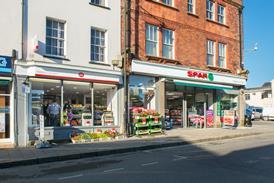

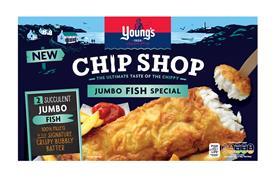



















































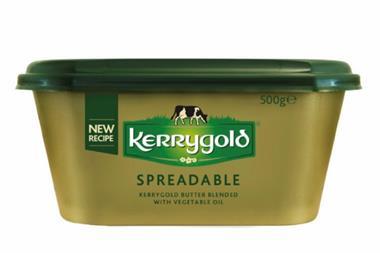
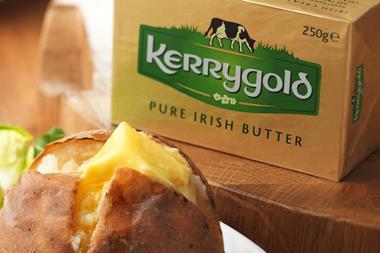
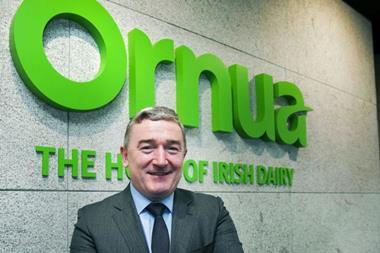


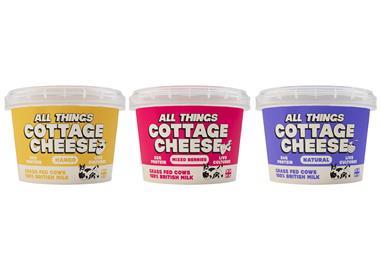



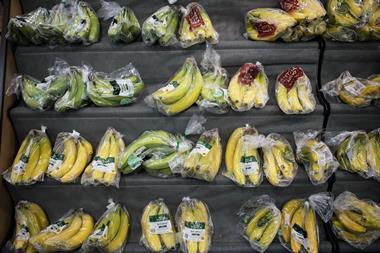
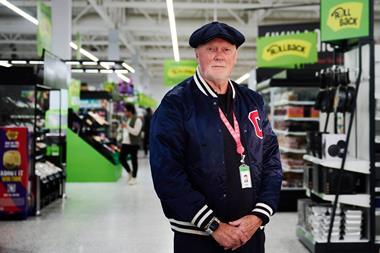
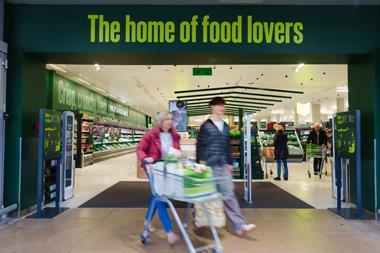
No comments yet